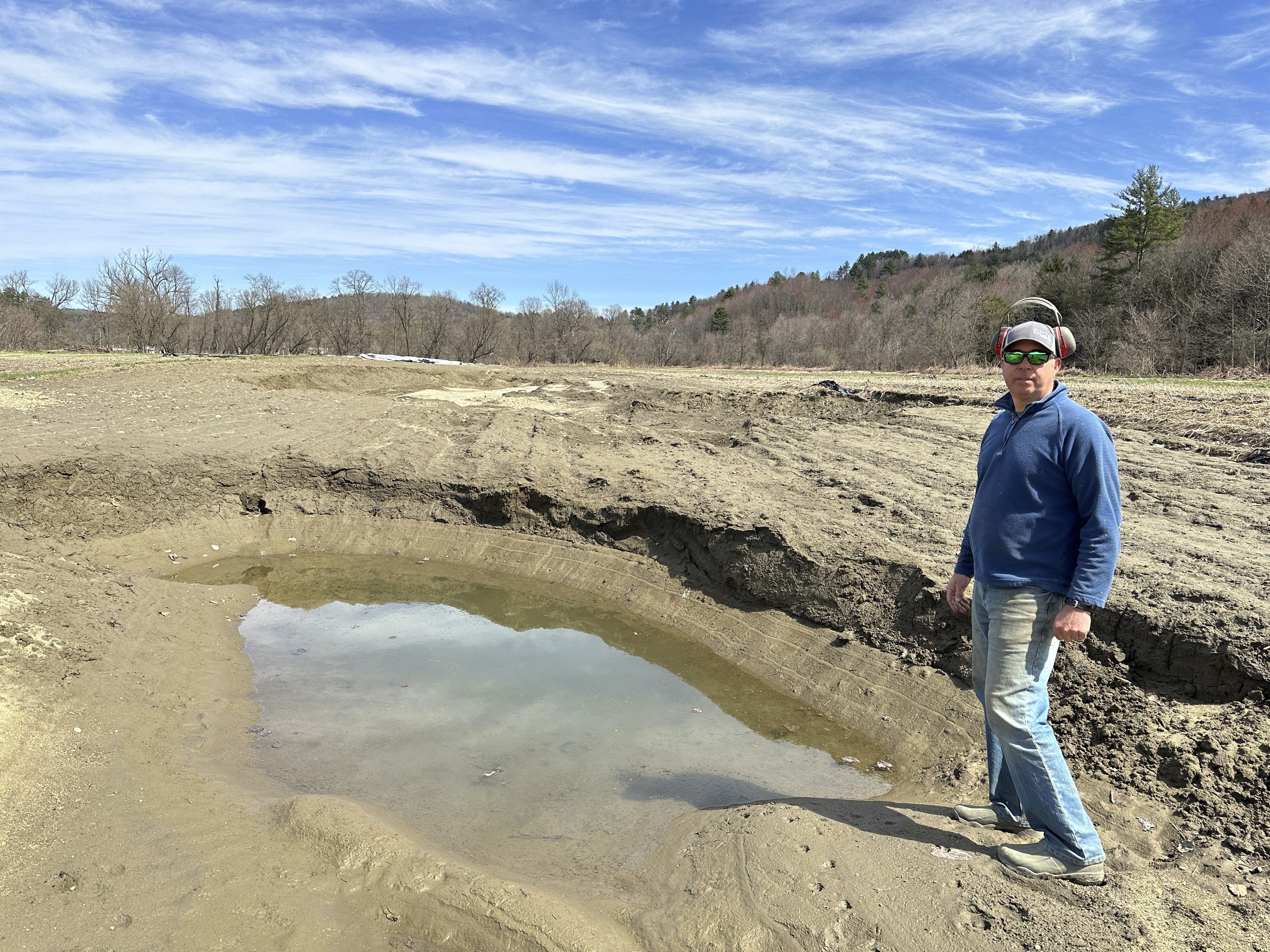A Vermont man is supporting threatened and endangered bats, and raising awareness of the animals’ importance in the environment.
“[I] love this work,” said Barry Genzlinger of Milton.
Genzlinger said he is the state’s only dedicated rehabber of sick, weak, or injured bats, out of a basement space he calls the Vermont Bat Center.
“We care for them because they are good for our environment,” Genzlinger explained. “They eat nighttime flying pests at the rate of 1,000 bugs per hour.”
Genzlinger suggested if you hate mosquitos, you should love bats. They also have important roles as pollinators.
Several species, however, have been sharply declining over the past decade, especially one known as the little brown bat.
“In my opinion, this is a major national crisis,” Scott Darling of the Vermont Fish & Wildlife Department told necn in February 2009, when the news station went inside a cave where more than ninety percent of Vermont’s little brown bats suddenly started dying.
Vermont
The latest news from around the state
The deaths were attributed to a mysterious fungal disease known as white nose syndrome, which the federal government has said afflicted bats in 33 states and seven Canadian provinces.
More than 6.5-million little brown bats and other bat species have died from the illness, according to federal estimates.
The survivors remain fragile, with the state of Vermont listing the little brown bat as endangered.
Genzlinger fields calls from all over Vermont, taking in the animals when they’re found hurt or struggling in places they don’t belong.
Genzlinger then releases the animals once they’re strong enough to fly or hibernate on their own, he explained.
The rehabber, who said he operates the Vermont Bat Center primarily with his own money and some donations, urges people to never kill or swat at the insect-eaters if you find them in your home—since their numbers are already on the brink.
Instead, if the bat seems healthy, Genzlinger wants people to safely get the animal outside if it’s mild or warm out, or call an expert if it’s cold.
If the animal’s behavior seems unusual—such as a recent discovery by a business that noticed a bat hadn’t left for a few days when the temperatures were falling—Genzlinger said that’s another reason to contact an experienced animal handler.
The Vermont Bat Center can be reached at 802-891-6667.
If a homeowner is going to try to remove a bat, Genzlinger suggested wearing work gloves and putting an old cloth or towel loosely around the animal and bringing it outside and leaving the fabric there for the bat to wriggle out from when it is ready.
“Never, ever touch a bat without gloved hands,” Genzlinger cautioned, explaining that concerns over rabies could mean a healthy bat may end up getting euthanized for testing.
Federal grants are now funding conservation work nationwide, trying to combat White Nose Syndrome.
Vermont’s Fish and Wildlife Department has long offered advice to homeowners.
“They love dead and dying trees,” state small mammals biologist Alyssa Bennett said in a 2015 necn interview. “Landowners can keep those trees standing. A dead tree might be unsightly to us, but if it’s not in a dangerous location, it could be a perfect place for a bat to roost.”
With support from folks like Barry Genzlinger, scientists hope populations of this often misunderstood mammal—critical to the environment—may one day rebound.



